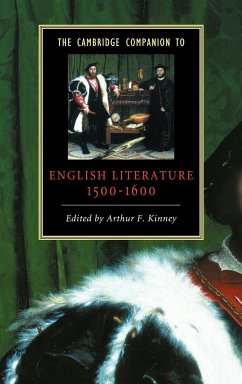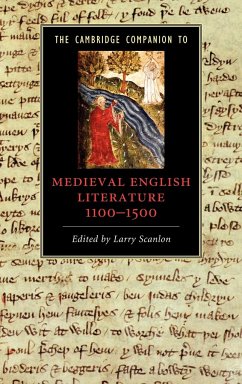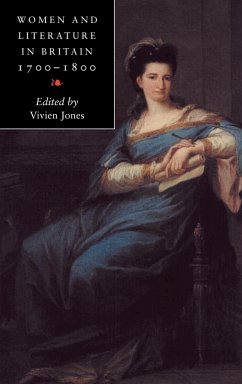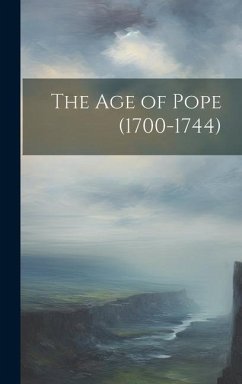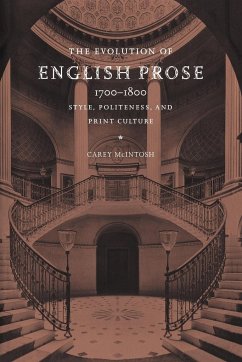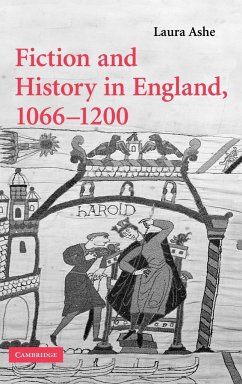
Oral and Literate Culture in England, 1500-1700
Versandkostenfrei!
Versandfertig in 1-2 Wochen
196,99 €
inkl. MwSt.

PAYBACK Punkte
98 °P sammeln!
This book explores the varied vernacular forms and rich oral traditions which were such a part of popular culture in early modern England. It focuses, in particular, upon dialect speech and proverbial wisdom, "old wives' tales" and children's lore, historical legends and local customs, scurrilous versifying and scandalous rumour-mongering. Adam Fox argues that while the spoken word provides the most vivid insight into the mental world of the majority in this semi-literate society, it was by no means untouched by written influences. Even at the beginning of the period, centuries of reciprocal infusion between complementary media had created a cultural repertoire which had long ceased to be purely oral. Thereafter, the expansion of literacy together with the proliferation of texts both in manuscript and print saw the rapid acceleration and elaboration of this process. By 1700 popular traditions and modes of expression were the product of a fundamentally literate environment to a much greater extent than has yet been appreciated.
Oral and Literate Culture in England explores the rich oral culture of early modern England. It focuses upon dialect speech and proverbial wisdom, "old wives' tales" and children's lore, historical legends and local customs, scurrilous versifying and scandalous rumor-mongering. Adam Fox demonstrates the extent to which this vernacular world was fundamentally structured by written and printed sources over the course of the period.






